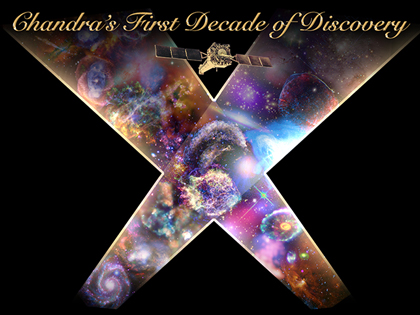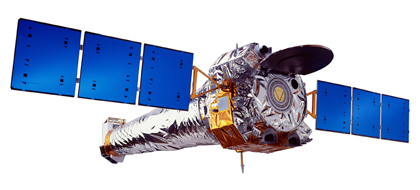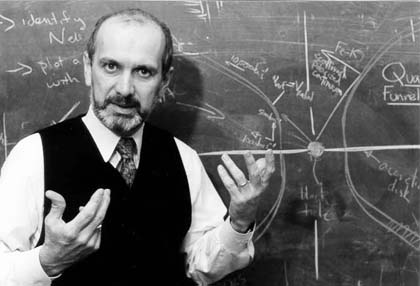Ten Years Later
Submitted by chandra on Wed, 2009-07-29 14:01It's been ten years since Chandra was launched. A decade is a long time for a spacecraft, or any other complex machine, to operate without maintenance. Hubble has been up 18 years (launch 1991), but it has had regular maintenance with five Space Shuttle crews putting in new instruments and replacing worn out old parts. Chandra, on the other hand, was deliberately placed where the Shuttle couldn't service it. So Chandra's not doing badly considering there will be no 200-million-mile/10-year tune up!





